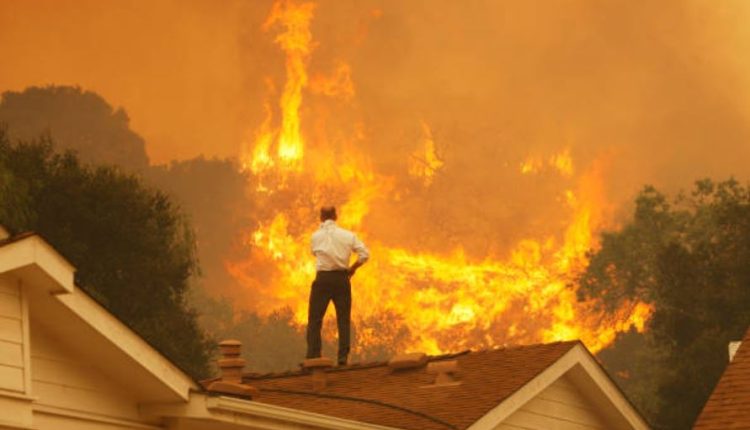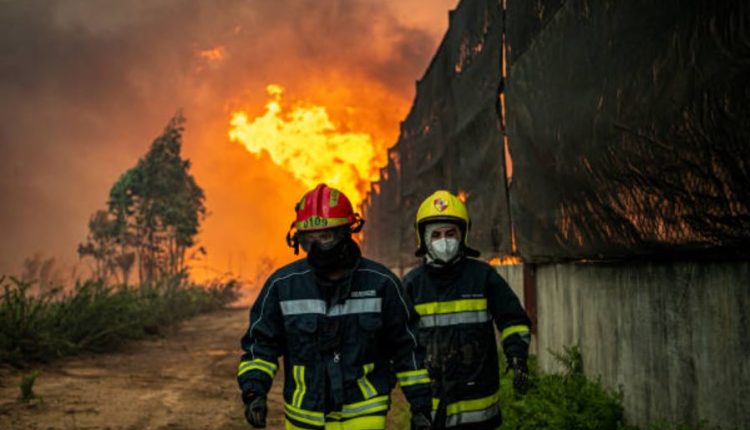
As the spring season emerges in the Commonwealth, the onset of dry conditions significantly amplifies the risk of wildfires, particularly within forested and wildlife-rich areas.
Darwin Rhodes, a seasoned forestry technician with the Virginia Department of Forestry (VDOF), underscores the pivotal role of weather conditions in dictating the severity and pace of wildland fires.
Rhodes’s Insights into Environmental Influences on Fire Dynamics
Rhodes’s expertise sheds light on the intricate interplay between environmental factors and fire behavior.
In response to this escalating risk, the Virginia 4 p.m. burn ban is slated to come into effect commencing this Thursday.
This precautionary measure, spearheaded by the Virginia Department of Forestry, aims to curtail the incidence of wildfires exacerbated by the unique challenges posed by the spring season.
Rhodes elucidates the multifaceted factors that contribute to heightened fire hazards during this period, such as intensified winds, abundant dry fuels stemming from dormant grass and accumulated fall leaf drops, and the gradual rise in temperatures.
Under the provisions of the burn ban, open-air burning activities are strictly prohibited prior to 4 p.m. However, burning is permitted between the hours of 4 p.m. and midnight, a window strategically chosen based on the observed increase in relative humidity during nighttime hours.
Read more: Kansas City Mother Charged After Infant’s Oven Death
Virginia’s Vigilance

Rhodes imparts practical advice for individuals engaged in burning activities, stressing the importance of managing small piles, ensuring the presence of firefighting equipment like water hoses in close proximity, and maintaining constant vigilance to prevent uncontrolled fire spread.
The decision to enact the burn ban is rooted in the aftermath of a dry fall season that saw heightened wildfire activity, necessitating substantial efforts from both the Department of Forestry and local fire departments to contain and suppress blazes.
Despite receiving some measure of moisture in recent months, the region’s persistent dryness underscores the imperative for proactive measures to mitigate fire risks.
Scheduled to remain in effect from February 15 through April 30, the burn ban represents a proactive response to the heightened fire risk characteristic of the spring season.
By imposing restrictions on outdoor burning activities, authorities aim to safeguard communities, natural habitats, and vital ecosystems from the potentially devastating impacts of wildfires during this vulnerable period.
Read more: Biden’s Offshore Drilling Lease Plan Sparks Opposition From Oil Firms And Environmental Groups

